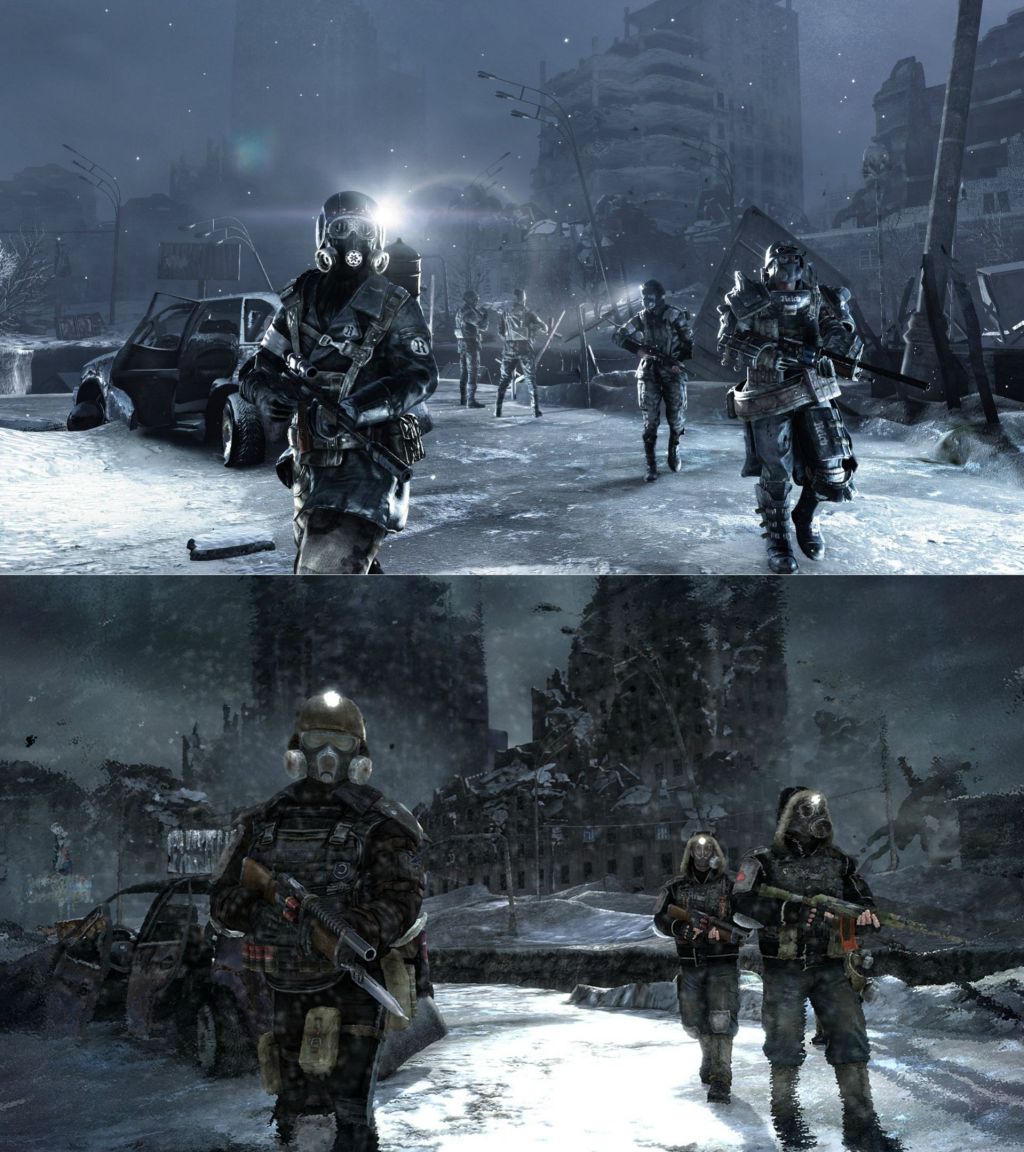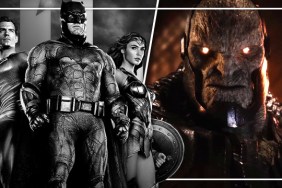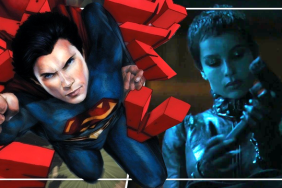If it ain't broke, give it a facelift.
Metro Redux is a good example of a how HD remakes can do much more than make a game prettier. I had my doubts about the Metro franchise before I first played it on console mostly due to the fact that post-apocalyptic storylines aren't a rarity nowadays. We often see post-apocalyptic storylines that rely on the setting to do all the work in driving the story forward, but Metro 2033 and Metro: Last Light rely on far more than that to create one of the strongest FPS narratives in recent gaming history.
I find its strength in narrative can be greatly attributed to Metro's literary roots due it being adapted from the Metro 2033 novel and subsequent sequels by Dmitry Glukhovsky. The fingerprints of the novel's character introspection are present as you progress through each game as Artyom. The psychological flaws of Artyom’s character flank the monsters and dangers that lurk in the tunnels and on the surface of the frozen nuclear wasteland. One thing that is amazing about the Metro series is that although it has terrifying horror elements and well-executed action sequences, it also has a psychological horror element to it that is incredibly well-executed.
The most improved out of the two titles in Metro Redux, the HD remake of both (you can choose to buy Metro 2033 Redux and Metro Last Light Redux separately for $24.99 or as the bundle being reviewed here for $49.99), is of course Metro 2033. Completely revamped in a more current version of the 4A engine, everything about it looks immensely better than the original, which at the time of its original release was already an impressive game. All of the effects have been completely overhauled resulting in enhanced lighting, upgraded detail to environments as well as NPCs, improved particle effects, and dynamic weather and destruction. (Yay for destruction!) For returning fans it may seem redundant to replay, but I can assure you that the graphic upgrade is significant especially when you compare it to the original Metro 2033.
The difficulty range of the Metro series has always been particularly unforgiving; the harder difficulty you choose, the worse an already stringent game environment can get. For the Redux version the play modes for both games have become more streamlined, broken up into two categories: Survival and Spartan. Survival mode is geared towards a more survivalist playthrough with supplies and resources being more scarce while Spartan mode is more forgiving and allows for a more action-oriented playthrough and plentiful resources.
Within each play mode you can choose the Normal, Hardcore, Ranger Mode, or Ranger Mode Hardcore difficulties. Playing in Ranger Mode Hardcore is much like Grounded Mode in The Last of Us in that there's no HUD and resources are scarce. It does make a significant difference in combat when there is no prompt telling you how much ammo you have left while your firing your weapon into a dark tunnel full of mutants trying to rip your face off. If you do want to check your inventory, you can do so by examining your handy-dandy post-apocalyptic clipboard Artyom carries around with him, and you can also check your watch whenever you have a weapon equipped in order to check your gas mask timer and visibility meter.
The Metro Redux edition is a compilation of two solid FPS games. Whether you feel like reliving Artyom’s story for a second time or experiencing it for the first time, you will not be disappointed. It's clear that 4A Games knows what their fans want and have delivered a product worthy of next-gen gaming. If you have not played either of these games, I highly recommend them.
-
Two great games for the price of one
-
Huge graphics upgrade
-
Same great story
-
Revamped difficulty system works well with the game design
-
Some issues still carry over







